Honda has set out its electric vehicle strategy that will launch a new range of EVs as part of its 0 Series including a new flagship saloon from 2026.
The Japanese brand is planning to launch seven new EVs globally by 2030, including small, medium and large segment vehicles.
Each of these new Series 0 models will be developed on a dedicated EV platform. Part of this new technology will look at limiting battery degradation to less than 10% after 10 years of year.
This will be done using what Honda describes as “battery degradation diagnosis and prediction technology” that utilises driving data from five million Honda vehicles, mostly hydrogen EVs.
Honda is also adopting production techniques similar to die-casting that are expected to drastically reduce costs associated with EVs.
These future EVs will be cast using a 6,000-ton class mega casting (high-pressure, high-precision casting) machine.
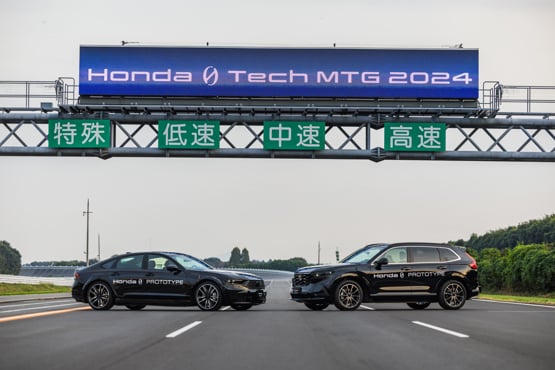
It’s a production technique popularised by Tesla and Chinese EV manufacturers, which is why they have been able to produce EVs at a lower cost. Other car manfacturers are now following suit.
In Honda’s case it reduces the number of parts used in production for the body of vehicles from more than 60 down to just five.
Another core principal for these future Honda models will be offering them with advanced driver assistance systems, including Level 3 autonomous capabilities.
Level 3 autonomous vehicles can drive themselves under certain conditions, but still require a human driver to be present and ready to take control.
Honda, Nissan and Mitsubishi are all working together on developing their next-generation of EVs and self-driving technology.
Nissan and Honda have already stated that its partnership will further accelerate initiatives aimed at achieving carbon neutrality and a zero-traffic-accident society.

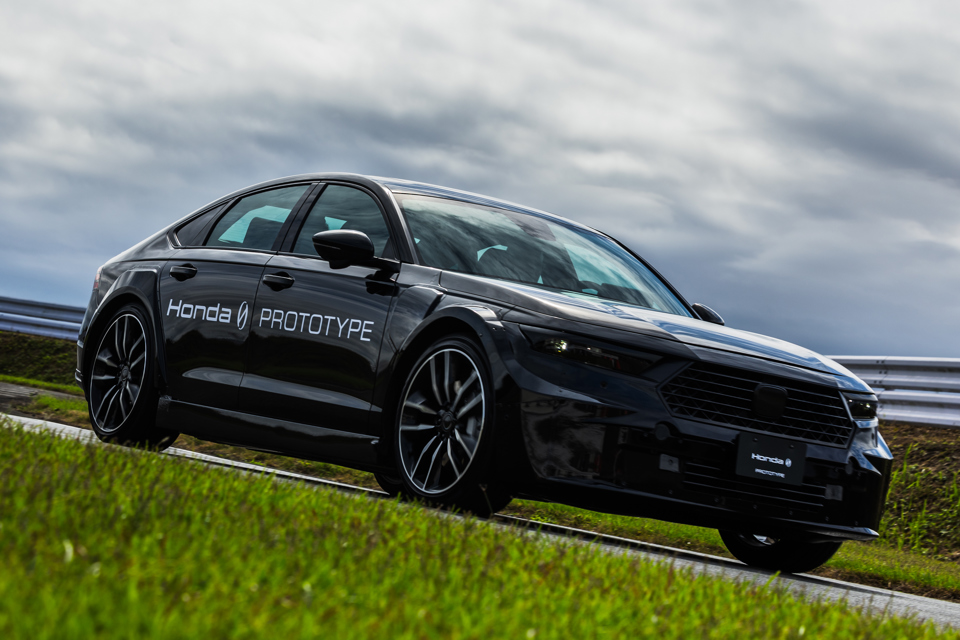



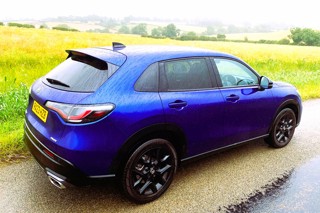
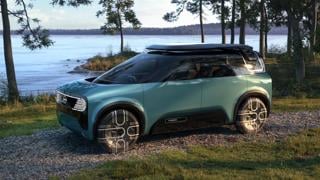
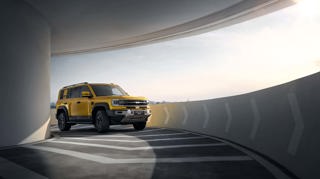













Login to comment
Comments
No comments have been made yet.